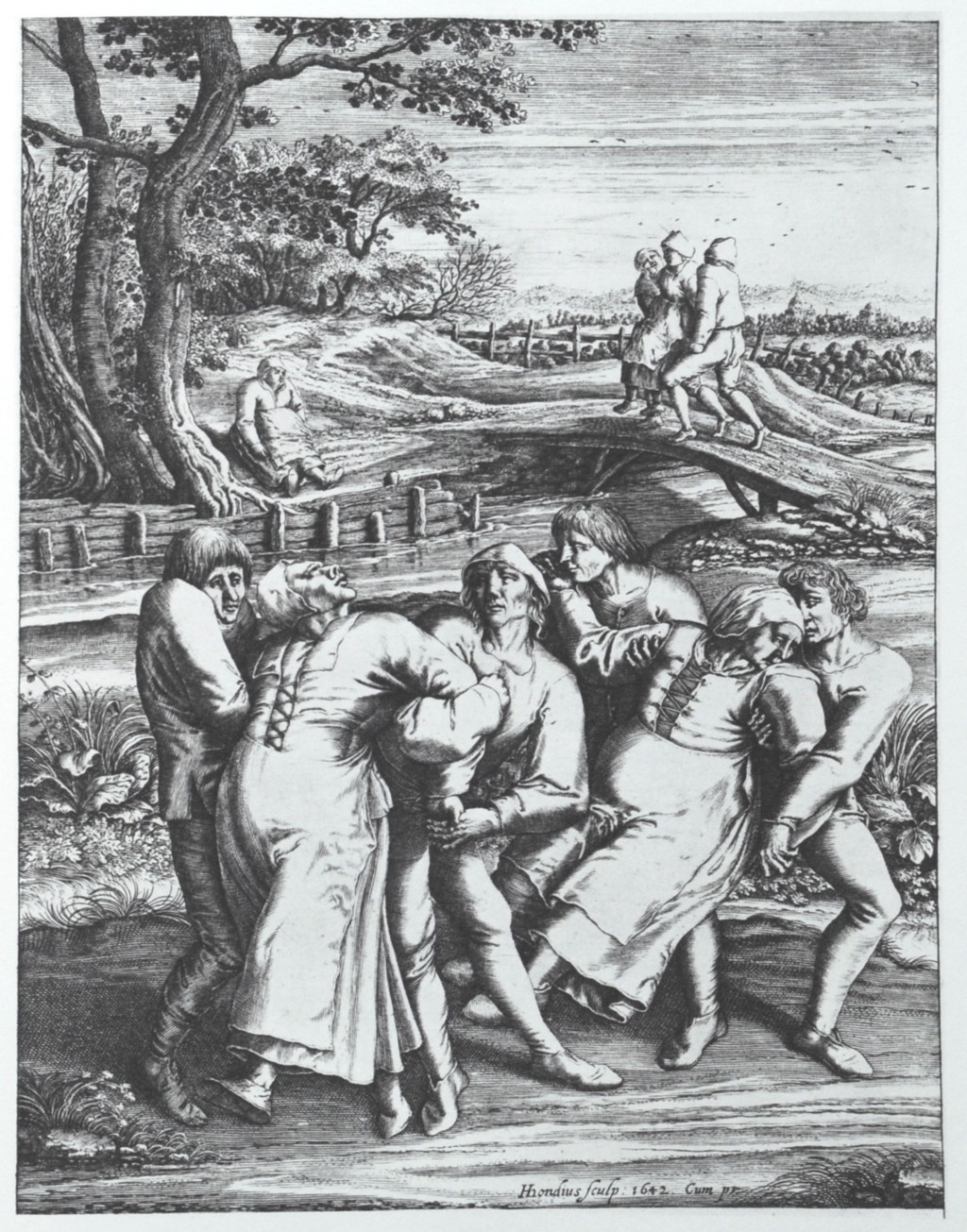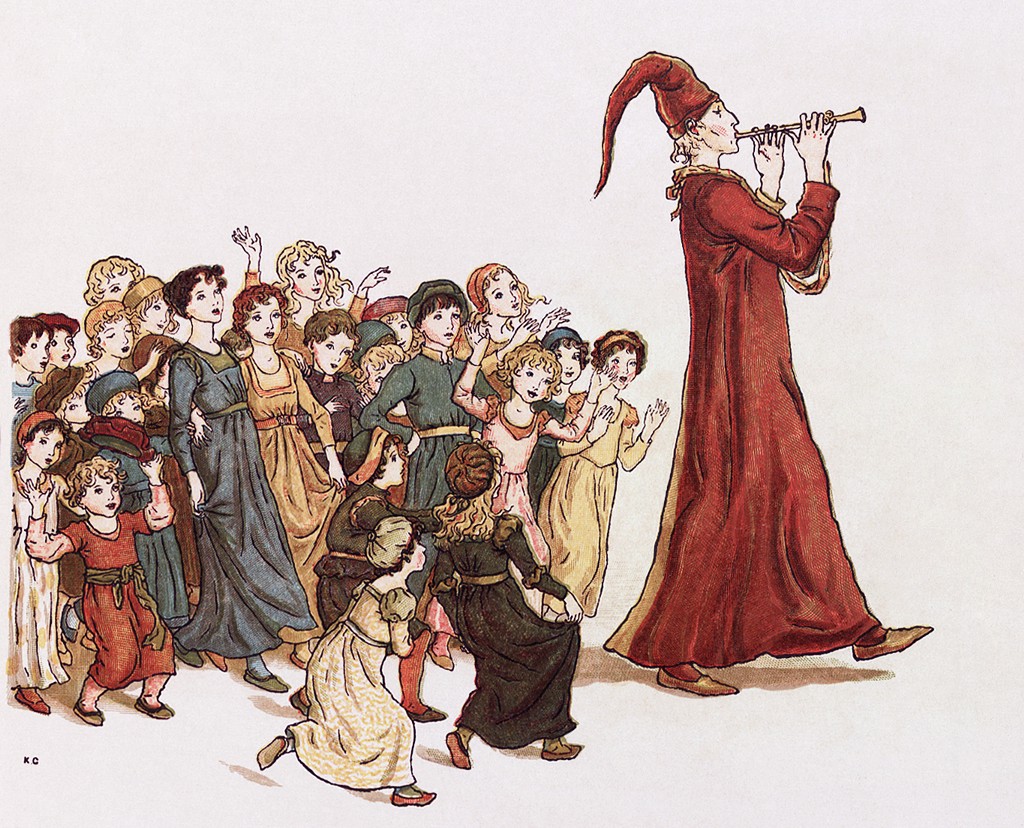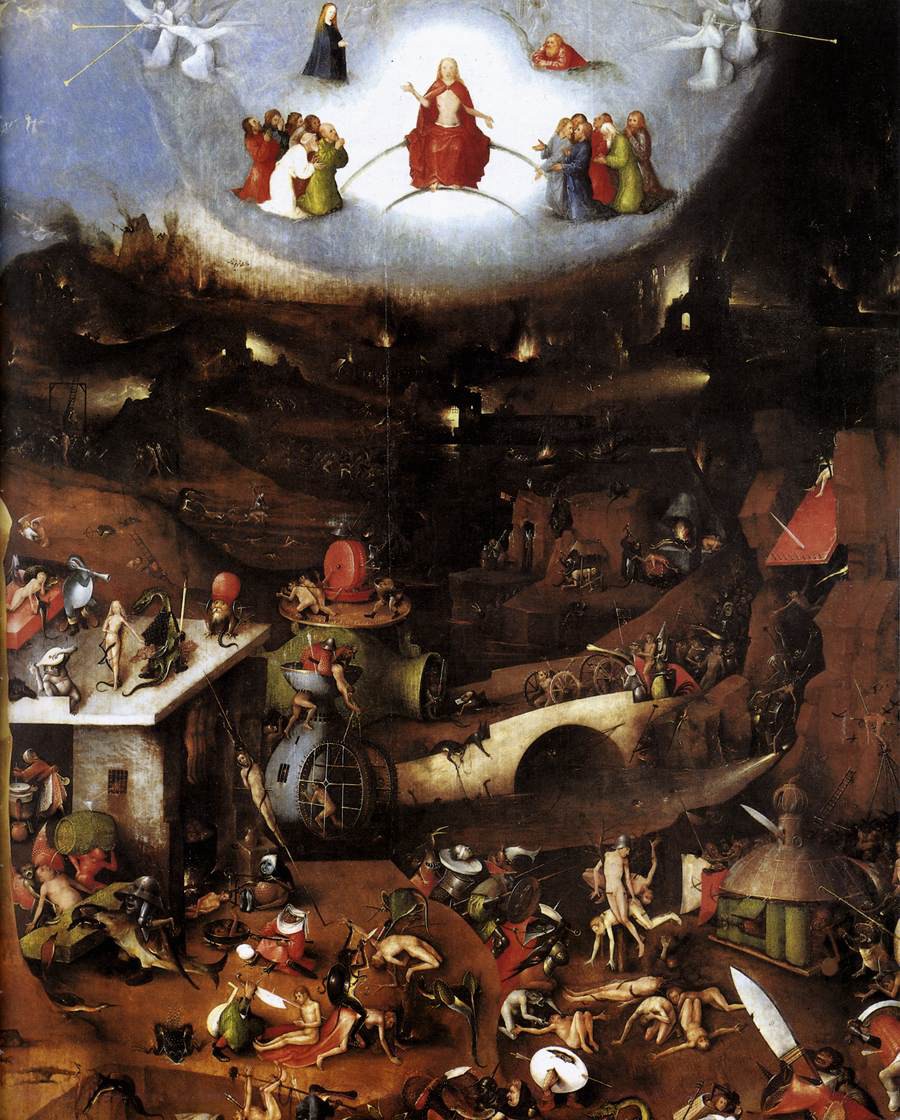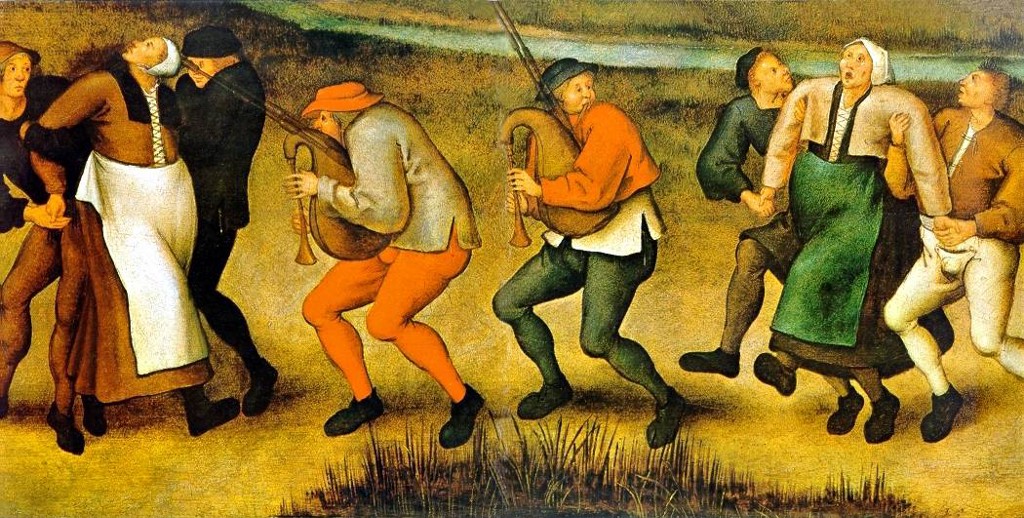Why Did Renaissance Europeans Dance Themselves To Death?

Was it poisoning, hysteria or demonic possession?
Dance epidemic? Sounds like the title of a bad EDM compilation. But in the Holy Roman Empire of the Renaissance, it was a real problem.
Frau Troffea, a female resident of the city of Strasbourg, France went outside and began dancing on July 14, 1518. No music was playing, and she clearly wasn’t enjoying herself. For several days, she carried on dancing ever more erratically. Several times she collapsed from exhaustion, only to awake and resume her dreadful cavort. Onlookers were drawn to the sight of her, arms jerking, feet drenched in blood. The crowd decided her spasms were the result of communion with a heavenly force, and she was carried away to a remote shrine. But it didn’t end there. Within days, 30 other people began dancing. Within a month, the number had swelled to 400, by one account.

“In houses, halls, and public spaces, as fear paralyzed the city and the members of Strasbourg’s privy council despaired, they danced with mindless intensity… their limbs aching with fatigue, their heels bleeding copiously, probably some with sinews torn to the bone.”
— John Waller, “Dancing Plague”
In the summer heat, people began to die from exhaustion or strokes, eventually at a rate of 15 a day, by one account.
It wasn’t the first time this had happened. Dancing mania had been recorded as early as the 7th century and peaked from the 14th to 17th centuries.
In one German account, about a hundred children began hopping and dancing to the gates of the town of Erfurt in 1247. They danced all the way to the neighboring town of Hamelin. Days later, parents found many of them dead from exhaustion or exposure. It bears eerie resemblance to the fairy tale of the Pied Piper, first recorded on a stained glass window in a Hamelin church some six decades later: The piper led the rats out of Hamelin—and, when he wasn’t paid for it, led the children out to their deaths.

Because Strasbourg was one of the largest cities of the Holy Roman Empire, its 1518 dancing plague is by far the best documented. There are scores of accounts, many by eyewitnesses. Medical reports, sermons and accounts from officials and merchants exist in Latin and High German.
“There’s been a strange epidemic lately Going amongst the folk, So that many in their madness Began dancing, Which they kept up day and night, Without interruption, Until they fell unconscious. Many have died of it.”
—manuscript in Strasbourg city archives
Many historians and scientists have tried to explain such outbreaks as the result of encephalitis, epilepsy, murine typhus and even drugs.
“A well-known case of dancing mania in Aix-la-Chapelle, France, has been attributed to ergot poisoning (known in the Middle Ages as St. Anthony’s Fire) due to the ingestion of rye infected with ergot (Claviceps purpura), a fungus that produces alkaloids with a hallucinogenic potential.”
—Jan Dirk Blom, “A Dictionary of Hallucinations”
Using Strasbourg as an example, historian John Waller counters that it’s unlikely that hundreds of people responded in the same way to ergot poisoning, which also restricts blood flow to the extremities, so is more likely to cause gangrene and painful death. And while St. Anthony’s Fire was well-known and guarded against by millers, there are no reports of it in the Strasbourg plague.
Waller’s compelling argument instead theorizes a “trance state” brought on by suffering and fear. While Europe was emerging from the Dark Ages when dancing plagues reached their peak, Waller says Strasbourgers still faced an “intolerable reality” of severe famine and disease.

Waller also says it’s also hard for our modern minds to grasp the all-consuming religious terror that gripped the poor. The Catholic Church framed life as a brutal conflict between good and evil. People were promised a blissful afterlife if they repented their sins, but otherwise faced an eternity of fiery torture. Waller says that in psychology, such “extreme psychological distress” makes trance states more likely, especially when combined with a belief in spiritual possession.
“Crucially, we also know they believed in a saint called St. Vitus who had the power to take over their minds and inflict a terrible, compulsive dance. Once these highly vulnerable people began to anticipate the St. Vitus curse they increased the likelihood that they’d enter the trance state. And once in it, they acted out the part of the accursed: dancing wildly for days at a time. So the epidemic, I argue, was a result of both desperation and pious fear.”
— John Waller, for the BBC

By the mid-17th century, dancing plagues had died out completely. Waller says the Protestant Reformation discredited the worship of saints like St. Vitus. He also credits the ascension of science and rationalism over medieval supernaturalism.
Still, Waller says, dancing plagues represent the single most fascinating example of the potential of the human mind to respond to horrific suffering.
